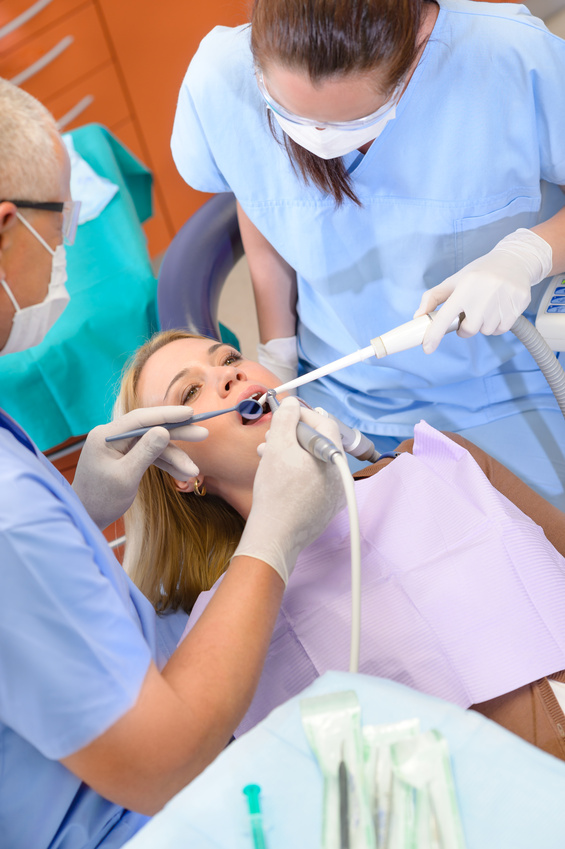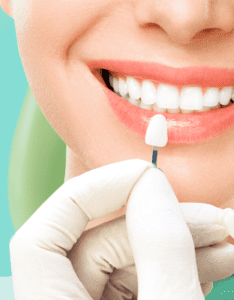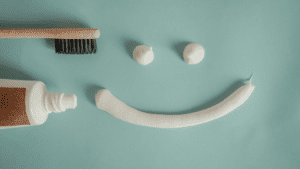October is “orthodontics awareness month” at Murfreesboro Family Dentistry. Whether you are a kid, teen, or an adult, when you have braces, your teeth and gums require a little extra TLC to keep them healthy and strong.
Murfreesboro Family Dentistry is here to help you maintain a healthy, beautiful smile throughout your orthodontic treatment. Here are some tips and tricks to keeping your mouth healthy while wearing braces.
Braces Do More Than Straighten Teeth
Most people think of braces as a way to straighten teeth and improve your smile. Orthodontists also use braces to realign teeth and correct overcrowding, which can prevent oral health problems like gum inflammation and cavities.
Maintaining good oral health helps prevent damage to your orthodontics and your teeth. It can also make the braces more comfortable.
Keeping Teeth and Braces Clean
It is critical to keep your teeth, gums, and braces clean because food can easily get trapped in and around the brackets and wire. When plaque builds up around your braces and teeth, it can cause permanent stain marks on your teeth, bad breath, cavities, and swollen gums.
Brush frequently
One of the best ways to keep your teeth and braces clean is to brush your teeth after you eat. Sometimes it’s not possible to use a toothbrush, but you should at least rinse your mouth out with water or mouthwash. Tuck a travel toothbrush, toothpaste, and mouthwash into your backpack, purse, or briefcase so you can brush or rinse throughout the day.
Make sure you use a soft bristle toothbrush or an electric toothbrush. The brackets and wires may cause the bristles to wear down faster, so replace your toothbrush at least every three months.
Before you brush, rinse your mouth with water to loosen any food trapped around your braces. Most orthodontists recommend brushing with fluoride toothpaste to prevent tooth decay. Brush gently and slowly to avoid damaging the brackets and wires. Start by brushing the gumline at about a 45-degree angle to brush the top of each bracket. Repeat the process around your lower teeth.
Don’t skip the flossing
Flossing with braces is a little more complicated and time-consuming, but it’s essential to keep the hard-to-reach areas between your teeth clean. The brackets and wires make it more difficult for your toothbrush to reach those areas. There are many options on the market to help make flossing around braces easier and more effective.
If you stick with the “traditional” flossing method, give yourself 10 to 15 minutes to properly floss your teeth with braces. Choose waxed floss since unwaxed floss can tear and get stuck in the brackets. Thread the floss between your teeth and the wire. Gently slide the floss between your teeth and rub it up and down along the sides of your teeth to scrape away plaque and food particles.
When you remove the floss, be careful not to let the floss pop out. It might accidentally knock the wire out of the bracket. Repeat this process between all your teeth to prevent plaque build-up and keep your gums healthy.
Oral irrigators and Waterpiks make flossing around braces faster and easier. Oral irrigators use a stream of water to clean around your gumline and between your teeth. Some Waterpik brands come with a special, tapered tip that makes it easier to clean around orthodontic brackets and between your teeth.
Another option to make flossing around braces easier is interdental brushes. They are small, textured brushes designed to fit and clean in small spaces around your mouth. Also, consider using a floss pick to make threading the floss between your braces a little easier.
Make sure to floss at least once a day to keep your teeth and gums clean and healthy, especially when wearing braces.
Caught without a toothbrush?
If you find yourself out and about without a toothbrush and toothpaste, rinse your mouth out with water or mouthwash after eating. Don’t forget to brush as soon as possible.
Watch What You Eat
Your orthodontist will likely give specific recommendations about what foods to avoid while you have braces. Eating a lot of sugary and starchy foods can lead to plaque build-up around the brackets. Over time, this can cause stains on your teeth, cavities, and even gum disease.
Sticky and hard foods are usually off-limits for people wearing braces. Caramel, taffy, chewing gum, corn on the cob, nuts, popcorn, and ice can loosen the brackets and break the wires. You should also avoid biting into hard foods with your front teeth.
It is essential to eat a healthy, well-balanced diet to promote oral and overall health. A balanced diet gives your body the proper nutrients as your mouth experiences significant changes while you are wearing braces. The healthier your body is, the more effective the orthodontic treatments will be.
Visit the Orthodontist and Dentist Frequently
While you have braces, it is essential to visit the orthodontist as frequently as they recommend so they can adjust your braces and keep your mouth healthy. You will likely experience tightness, pain, and discomfort after the orthodontist adjusts your braces.
If the pain lasts more than a few days or becomes severe, contact your orthodontist. You should also visit the orthodontist quickly if you have any problems with your braces or anything breaks.
It is also critical to visit the dentist for regular check-ups and cleanings to catch any signs of plaque build-up, gum disease, and cavities as early as possible.
Protect Your Braces During Sports
It is essential to protect your braces while playing sports. Wearing a mouthguard is the best way to protect your mouth and prevent painful (and expensive) dental traumas, like having a tooth knocked out, damage to the gums and soft tissue, and broken or damaged braces.
The “boil and bite” mouthguards are the most popular choice for people with braces because they are affordable and mold to your teeth for the best fit.
Murfreesboro Family Dentistry is excited to help you keep a healthy smile, even while wearing braces. Contact us today to learn more about our services and schedule your next appointment.





